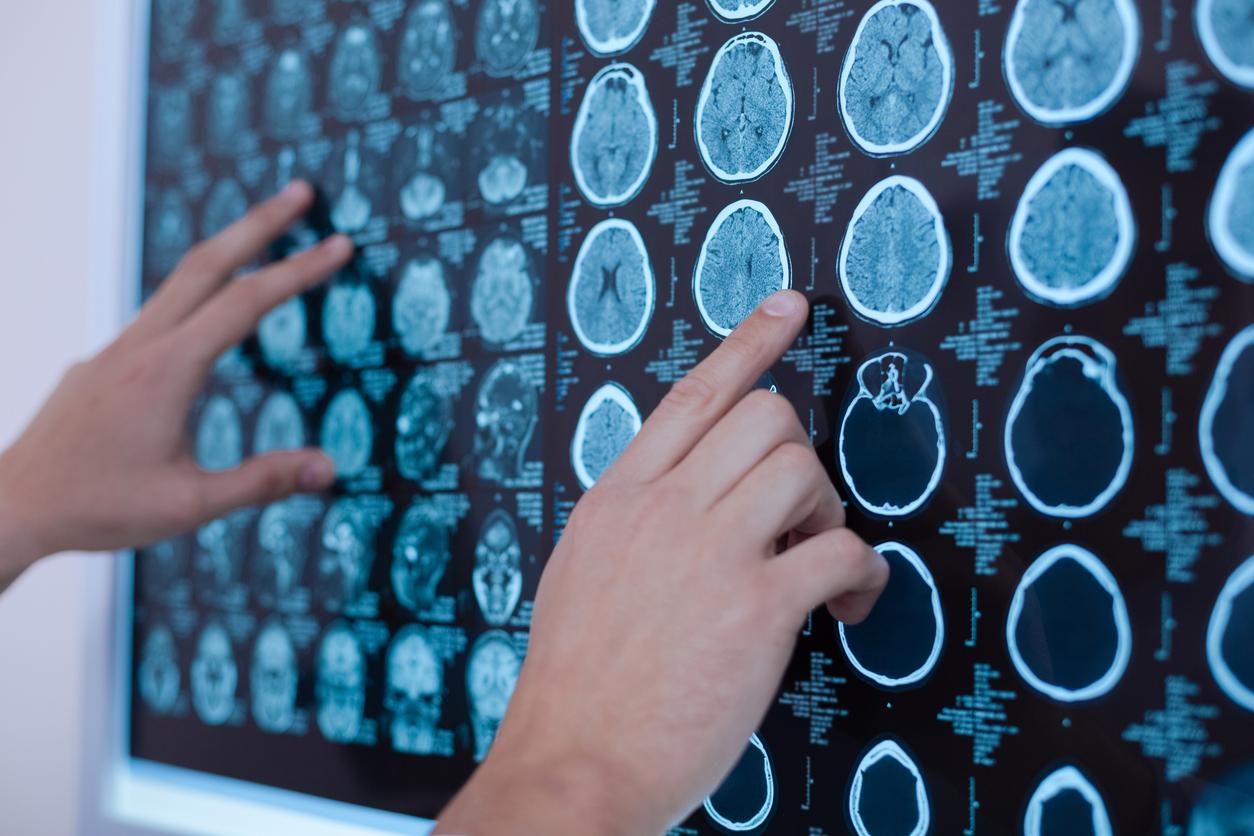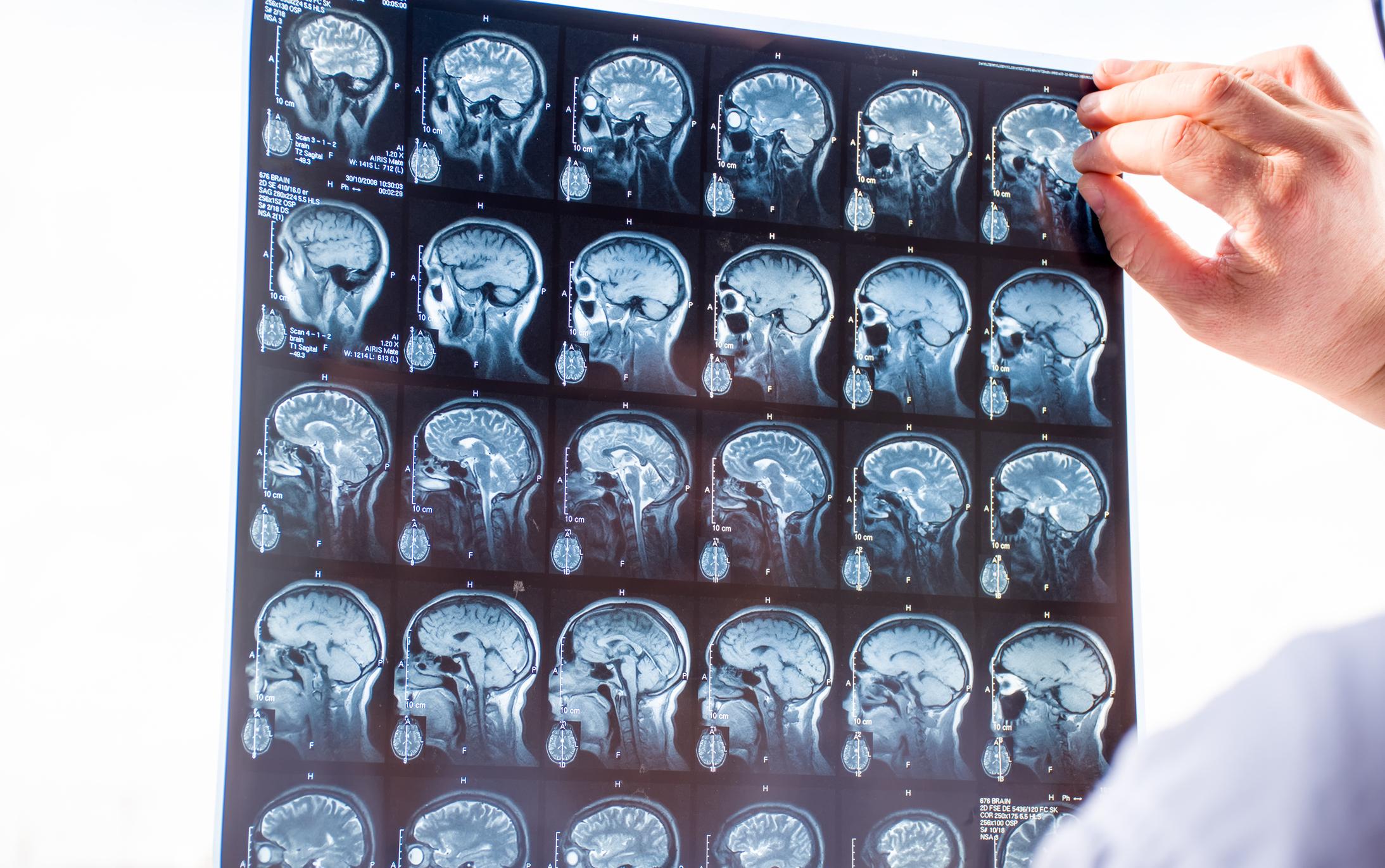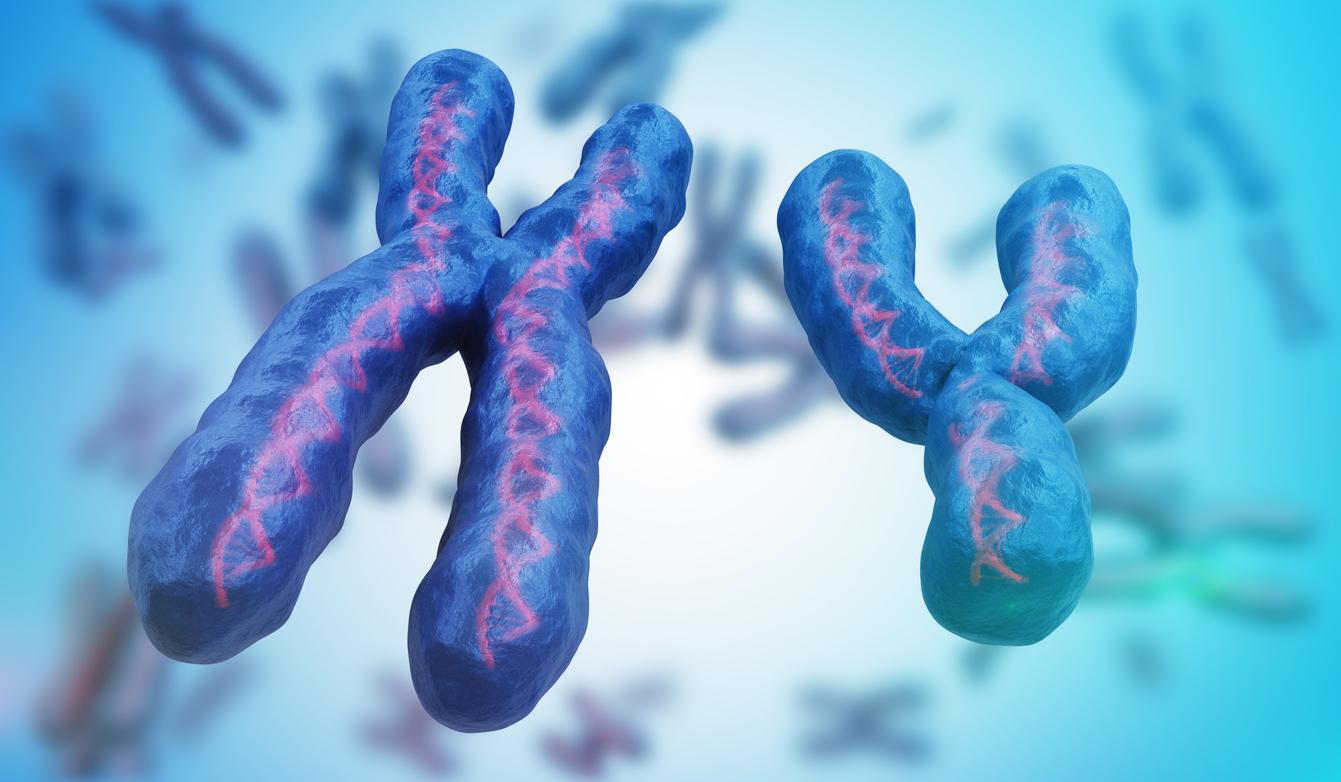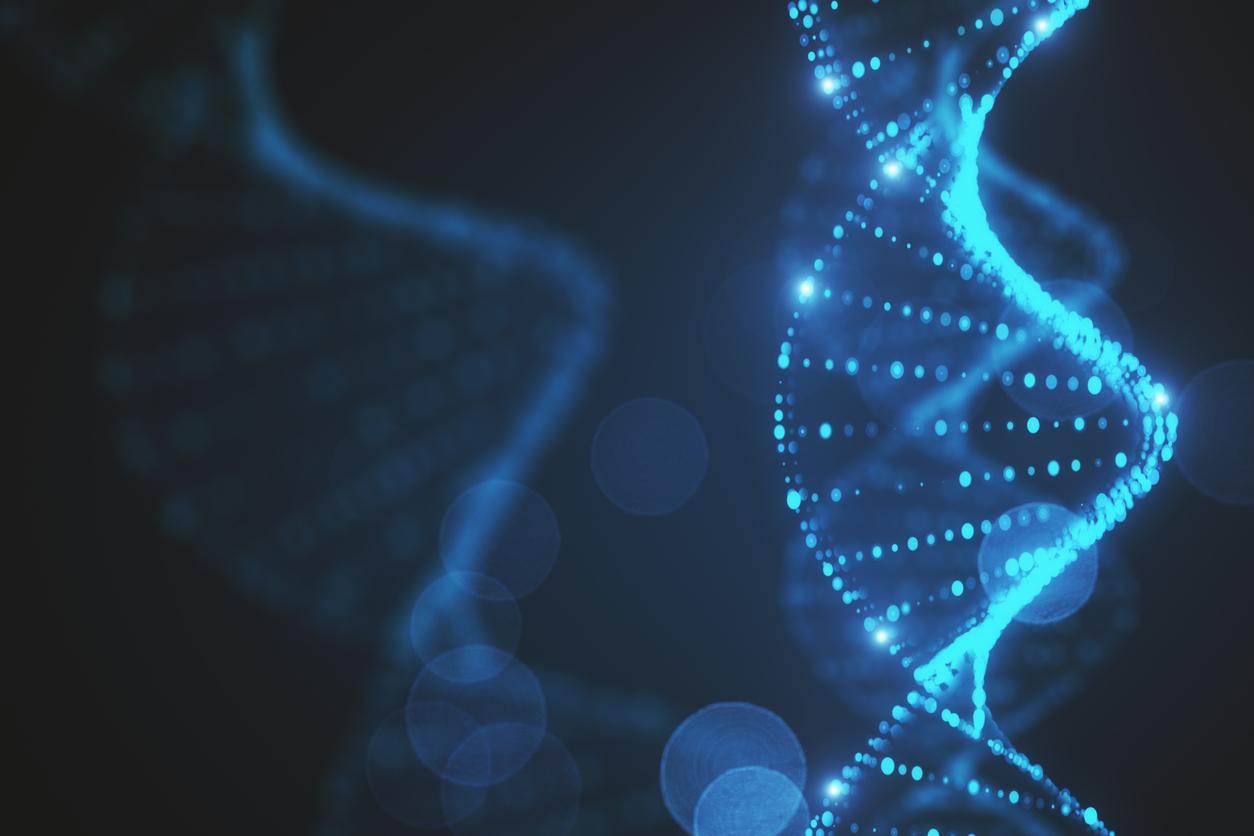According to a new American study, epilepsy and autism spectrum disorders may share the same pathological mechanisms. The cause: an anomaly in the inhibitory neurons.

- Conducted on mice that have been induced with a mutation, the study highlights the link between autism spectrum disorders (ASD) and epilepsy.
- These two disorders are linked to a malfunction in the circuit of inhibitory neurons in the hippocampus, the part of the brain related to memory.
Given their similar degree of comorbidity, are epilepsy and autism spectrum disorder (ASD) related?
This is the question that researchers from the universities of Rutgers and California at Riverside are trying to answer in an article published in the journal Translational Psychiatry.
More precisely, two questions torment them: Does autism lead to an increase in epilepsy? Or does epilepsy alter brain circuitry, which then leads to autism?
“One hypothesis is that during brain development, inhibitory neurons, which regulate brain rhythms, grow abnormally.says Viji Santhakumar, associate professor in the department of molecular, cellular and systems biology. If this is true, then the way the circuitry in the brain sets up is abnormal, which can lead to both autism and epilepsy.”
An alteration of the circuits of ibhibitor neurons
To test this hypothesis, the researchers conducted experiments in mice. They focused on inhibitory neurons because, unlike excitatory neurons that cause information to spread forward, excitatory neurons function as a brake by suppressing and sculpting the activity of downstream neurons.
The mice had a mutation that prevents inhibitory neurons from migrating to their normal location in mature brain circuitry. Not surprisingly, the researchers found a reduction in inhibitory currents in the hippocampus, the region of the brain that plays a crucial role in the memory process. This translated in mice to behavioral traits associated with ASD and more frequent seizures.
According to the researchers, ASD and epilepsy are therefore both linked to a developmental anomaly in the establishment of inhibitory neuron circuits. “If we can identify the molecular pathways, we may be able to intervene at an early stage and ensure that the inhibitory circuit is maintained, says Professor Santhakumar. How the circuit develops may play a key role in the co-occurrence of autism and epilepsy. Understanding these mechanisms could help develop more targeted treatments.”
This is not the first study to clearly establish an association between autism and epilepsy, although until now, this link between these two diseases was poorly understood. In autistic subjects, the prevalence of epilepsy is evaluated, according to studies, between 5 and 40%. These rates are significantly higher than those observed in the general population, which are close to 0.5 to 1%. When epileptic seizures begin in the first year of life, the risk of developing an autism spectrum disorder is also estimated at 14%.


.















